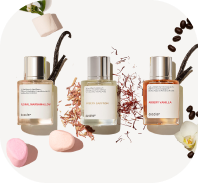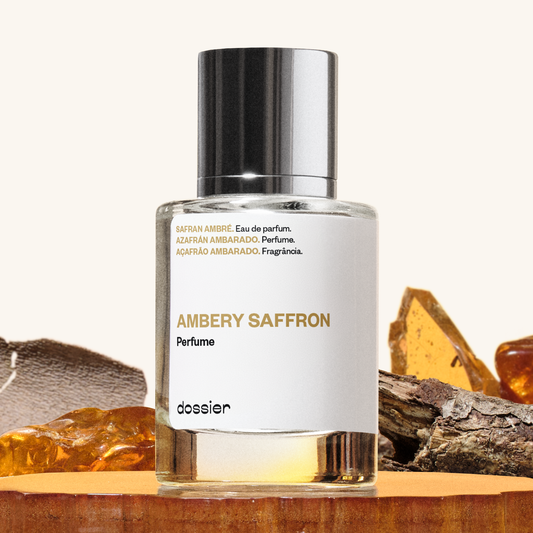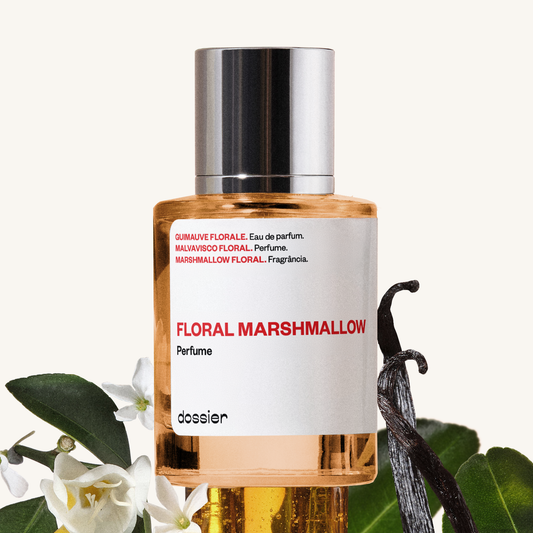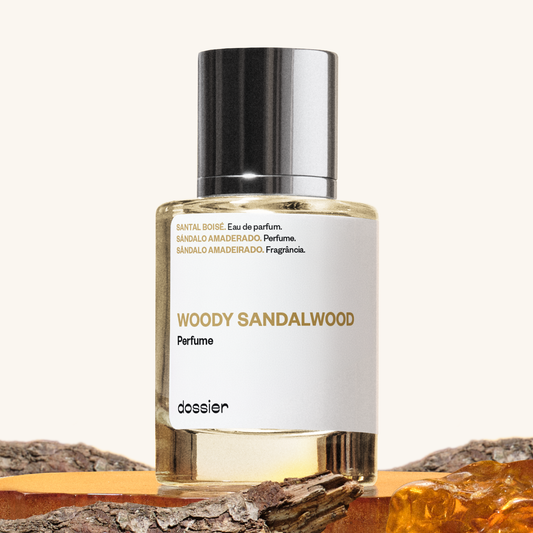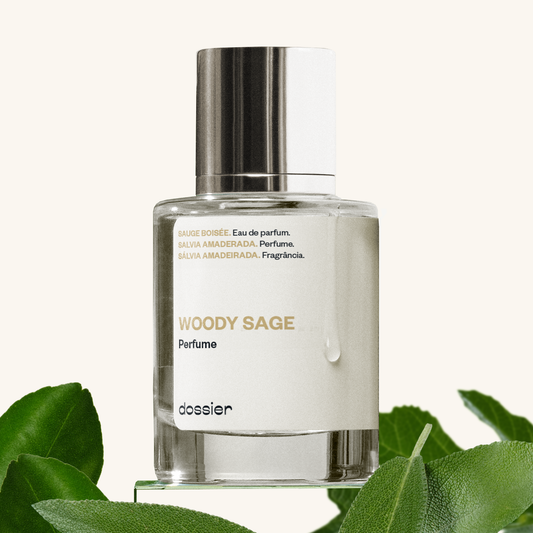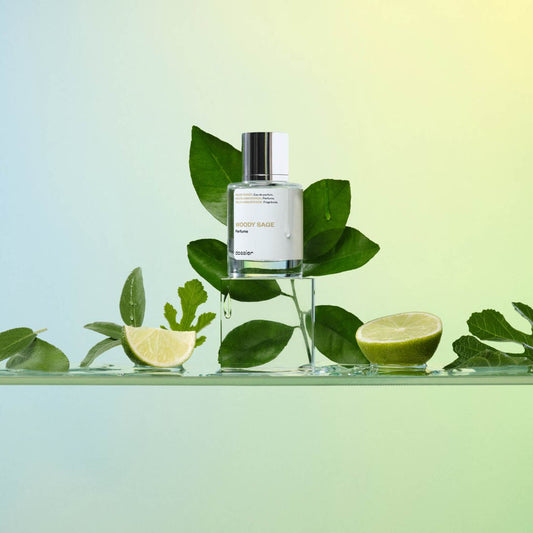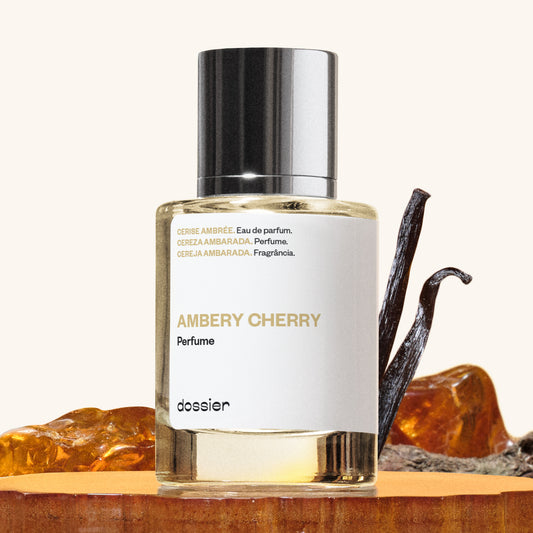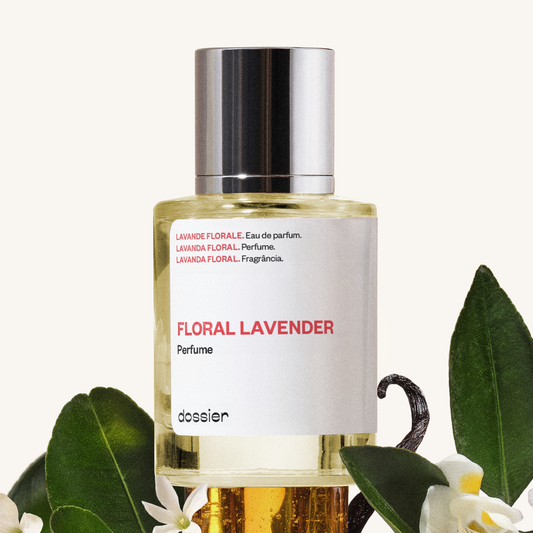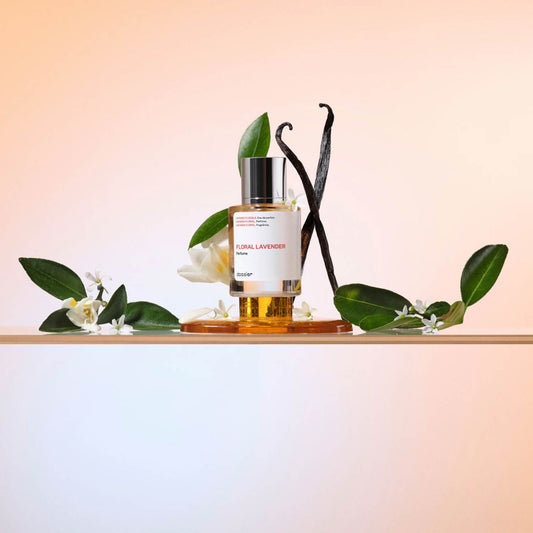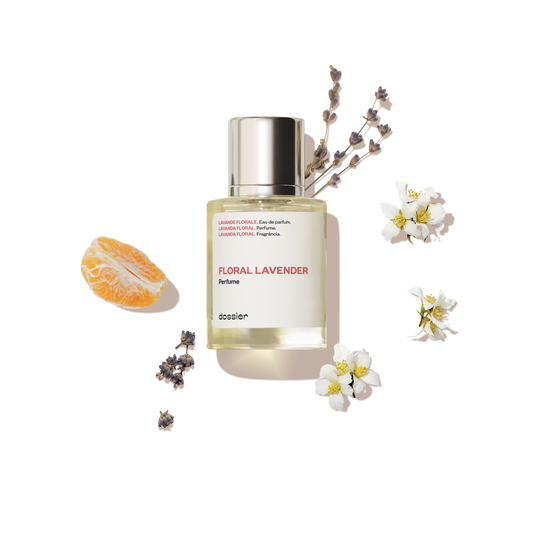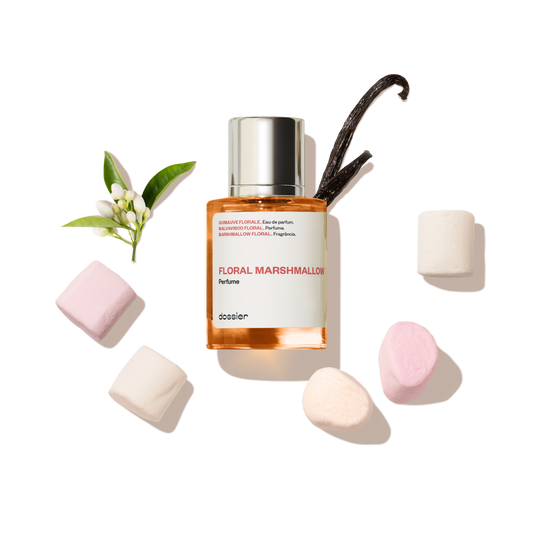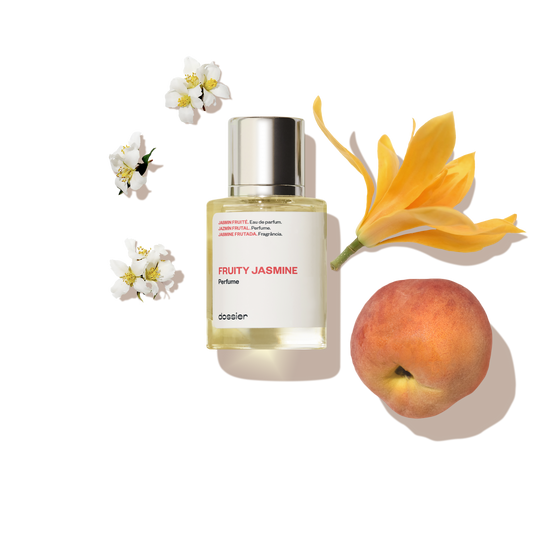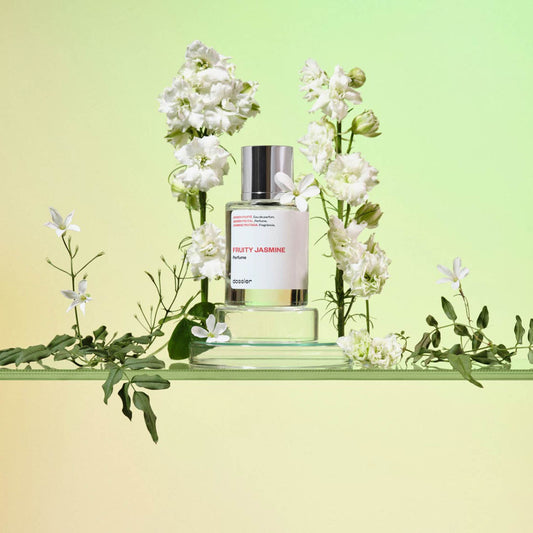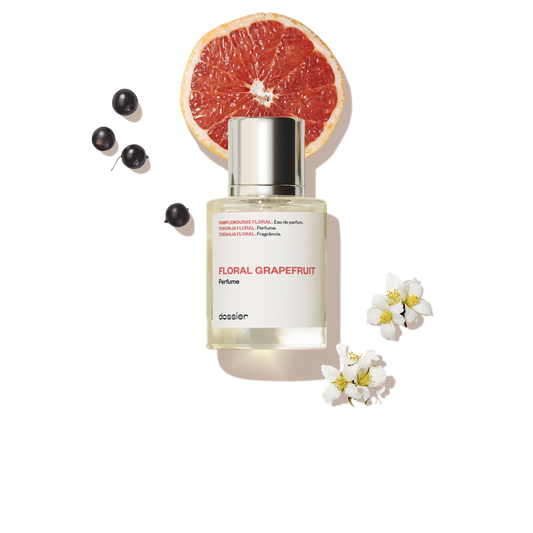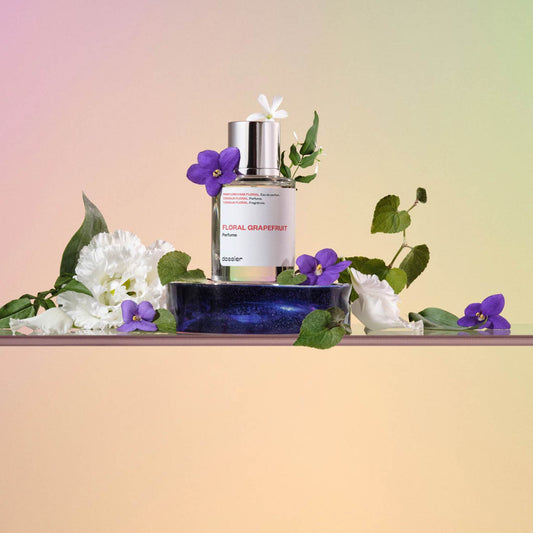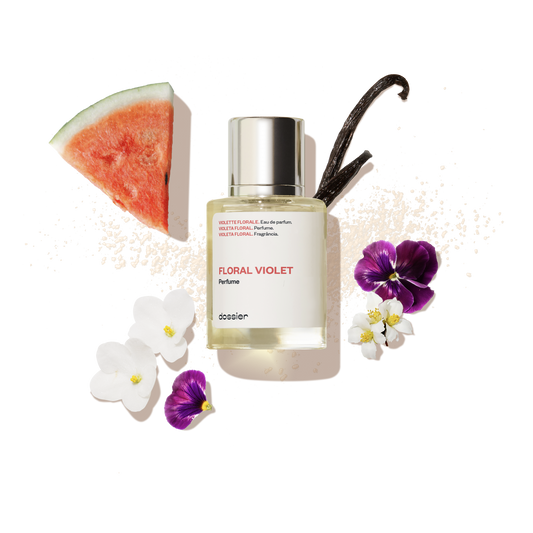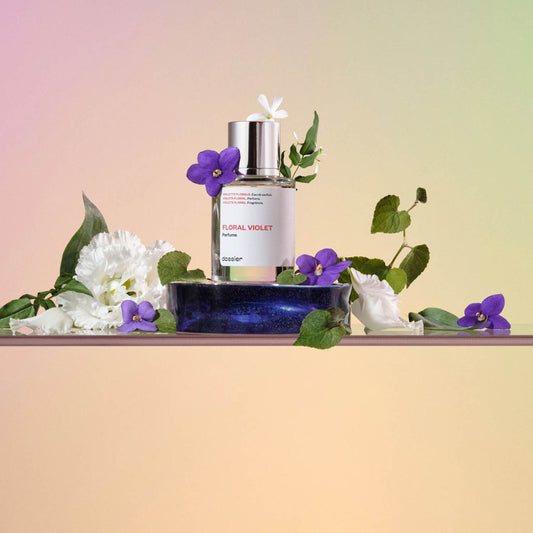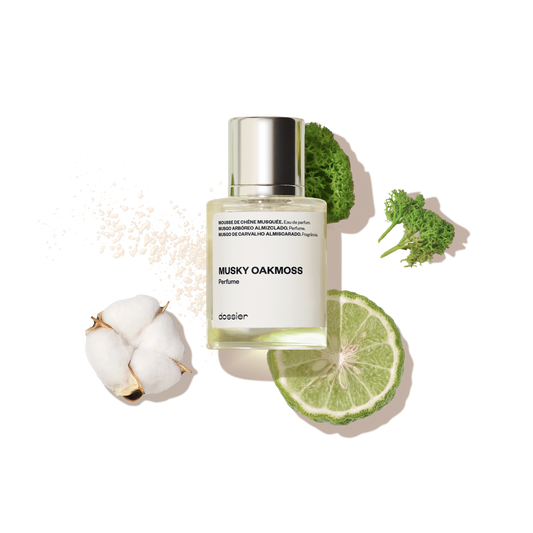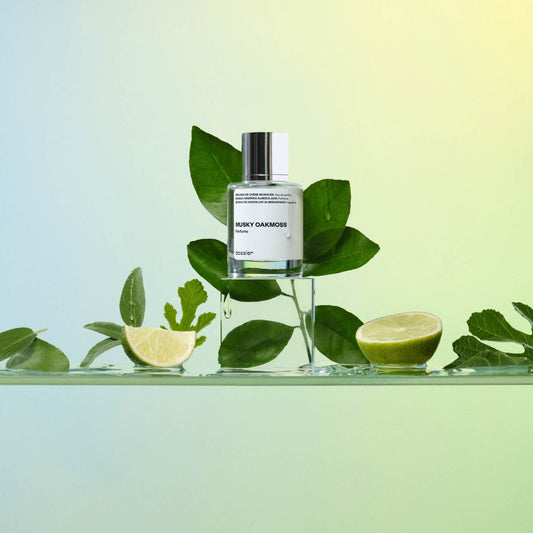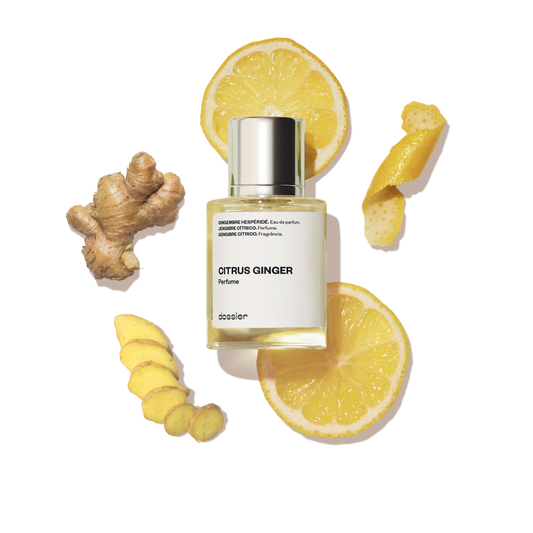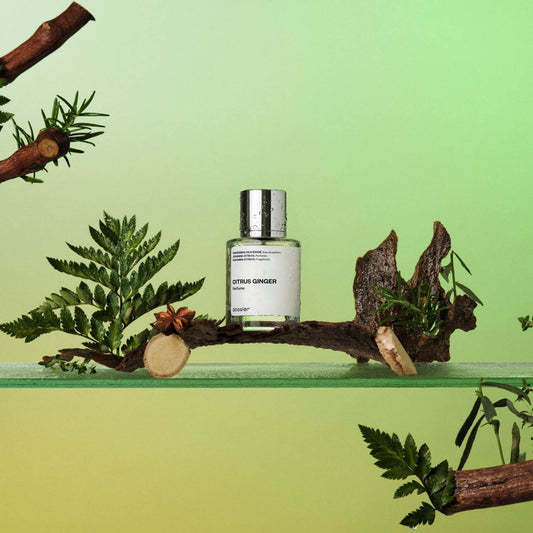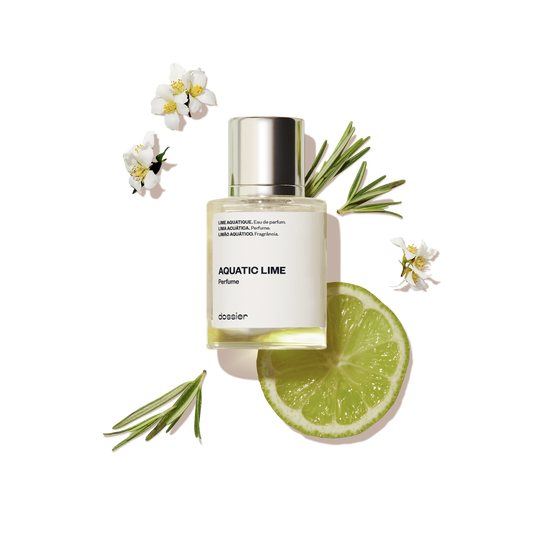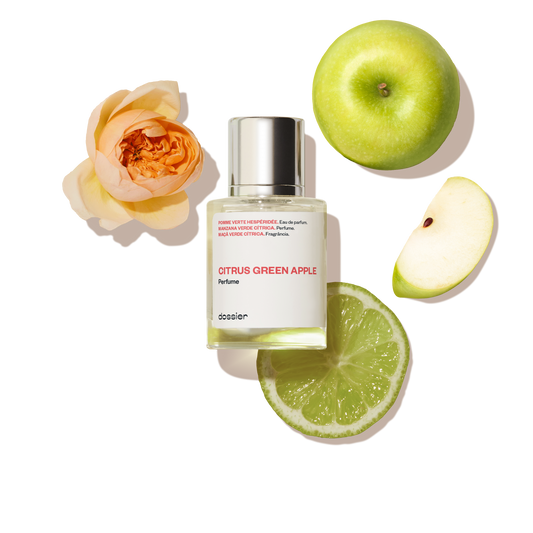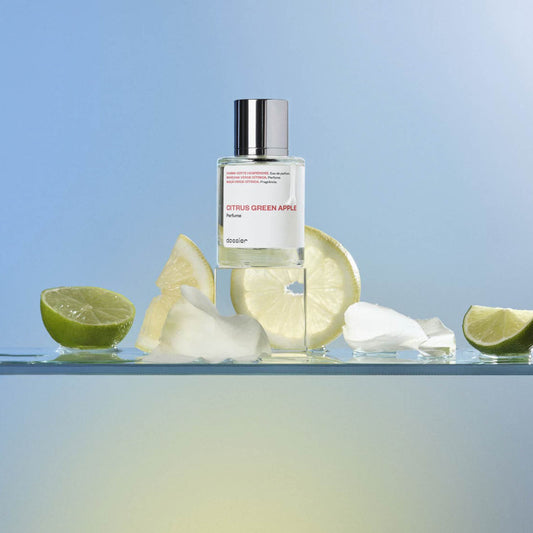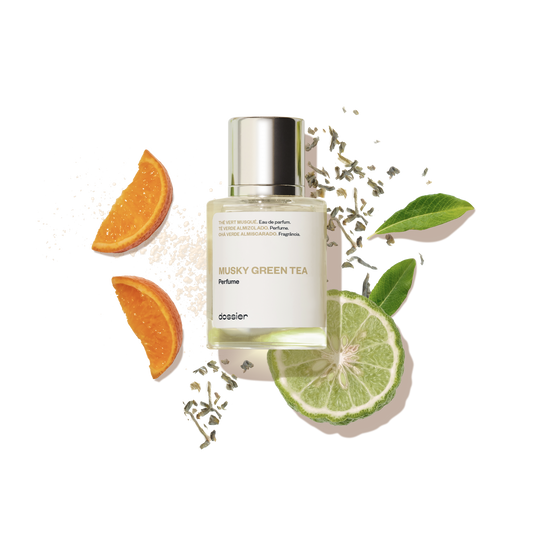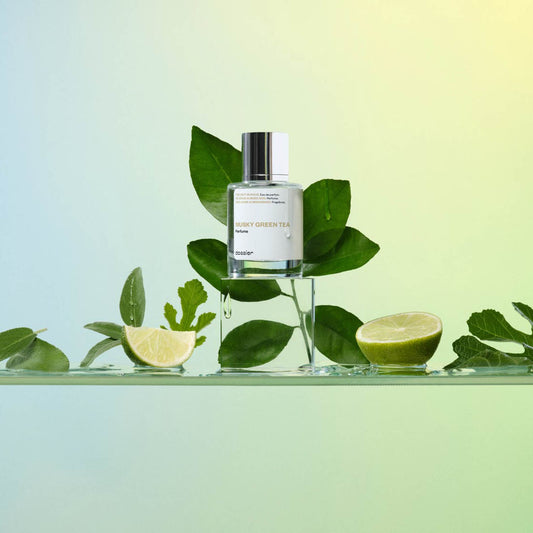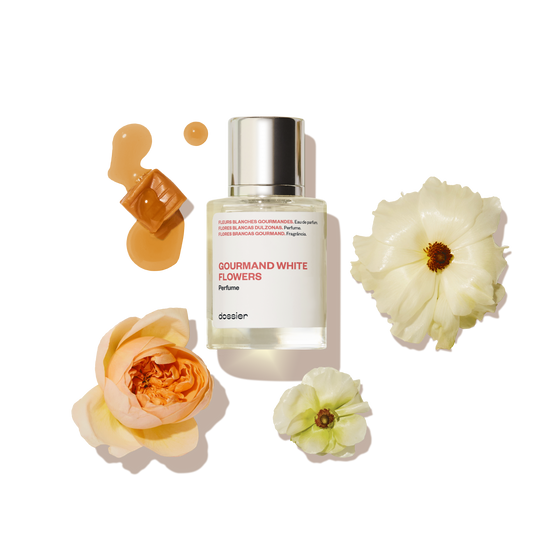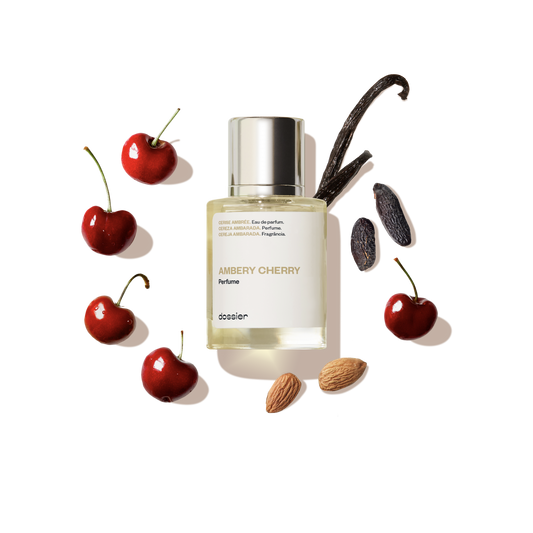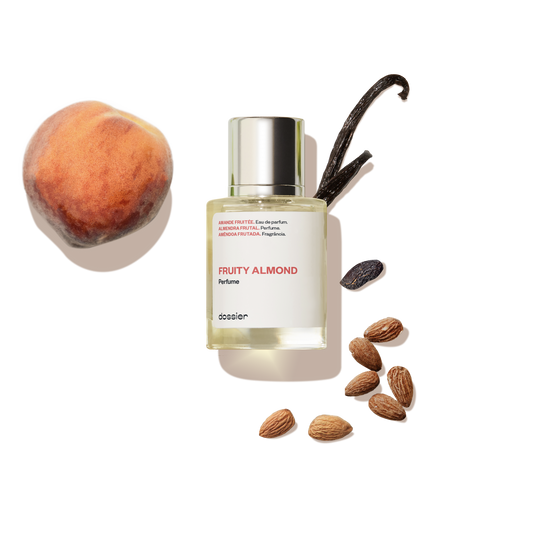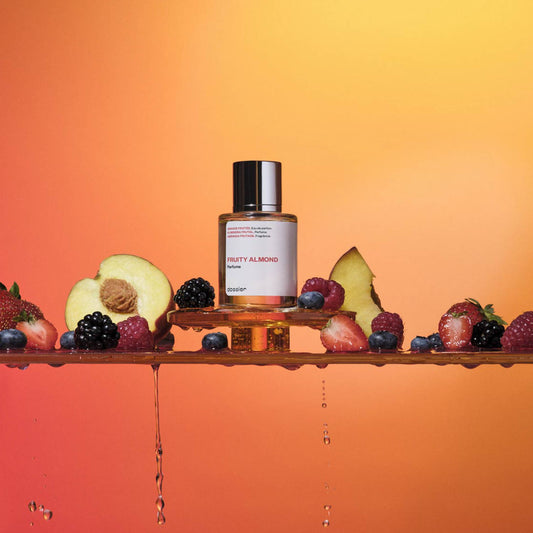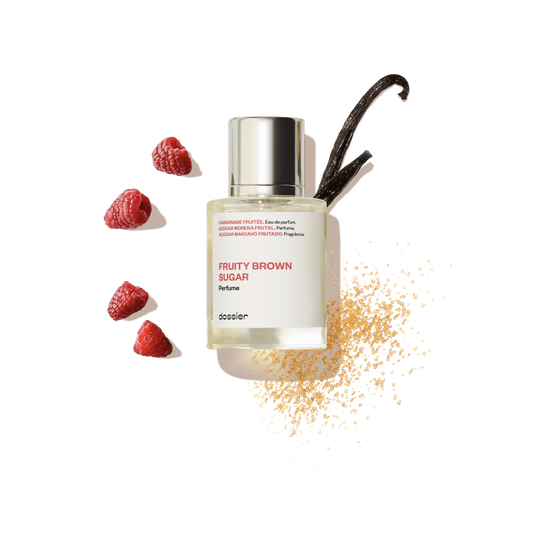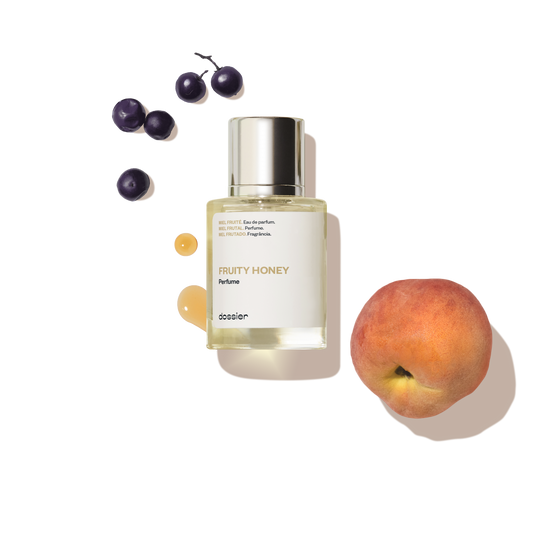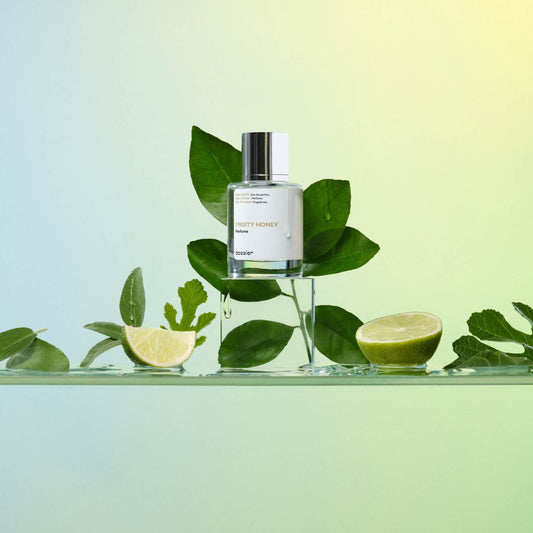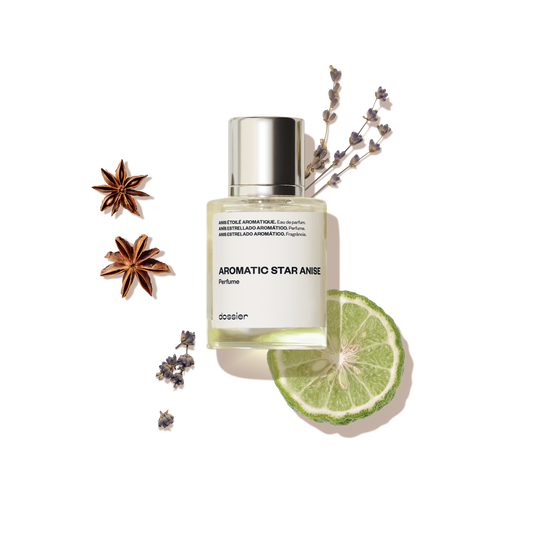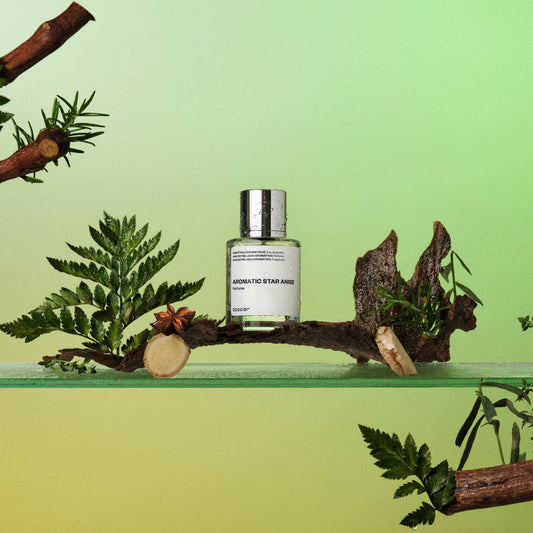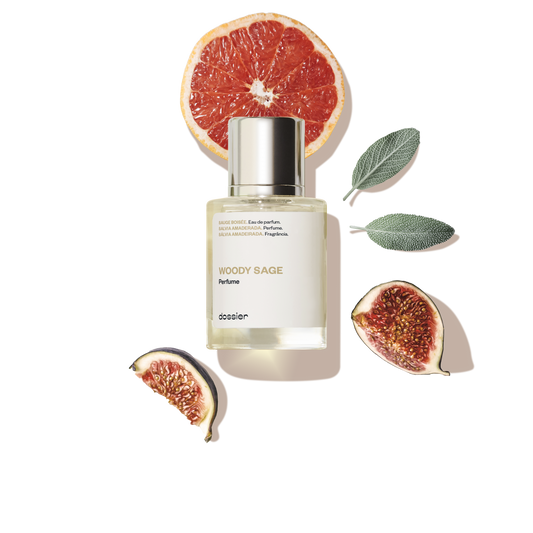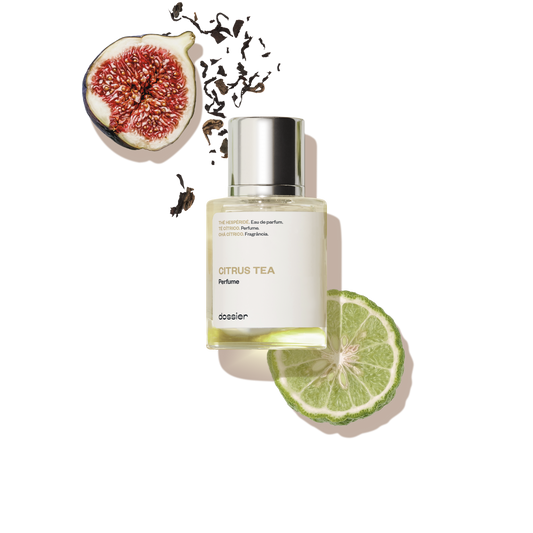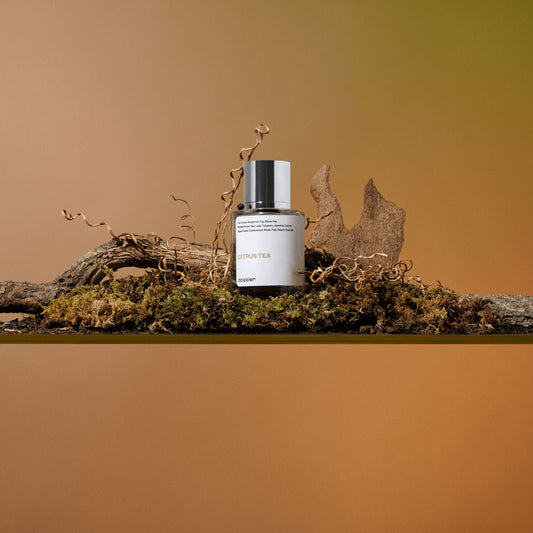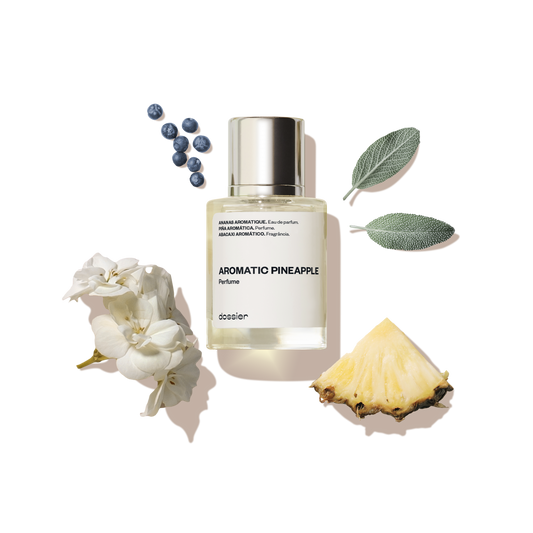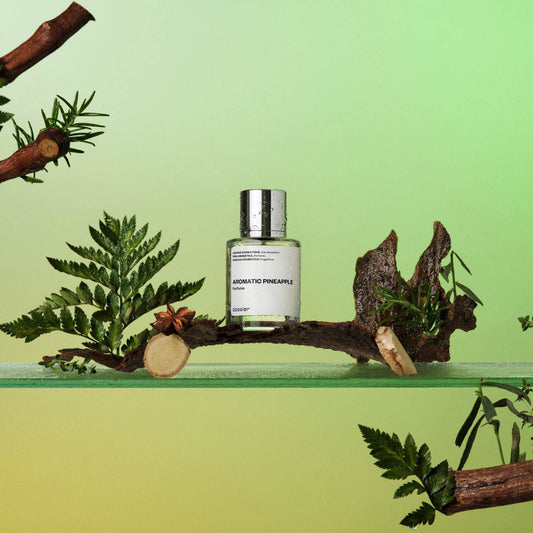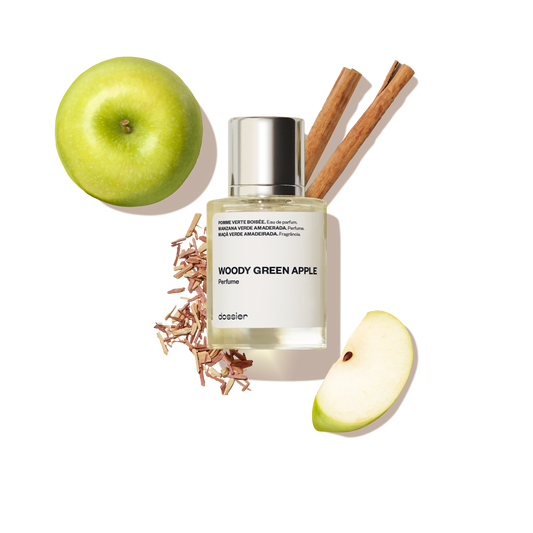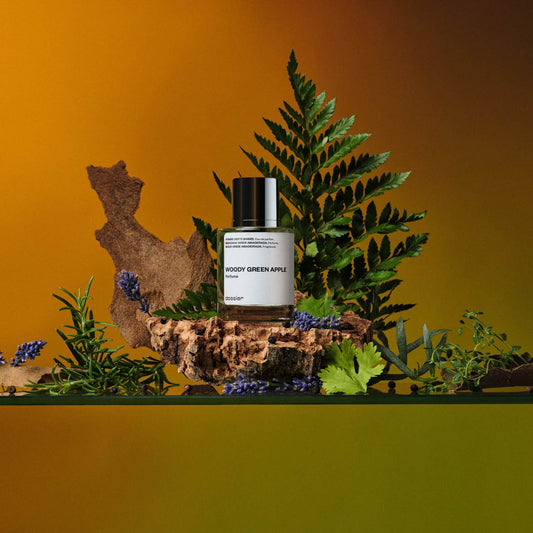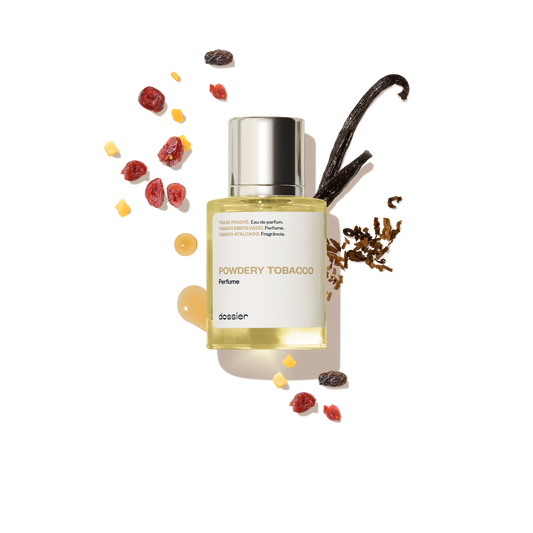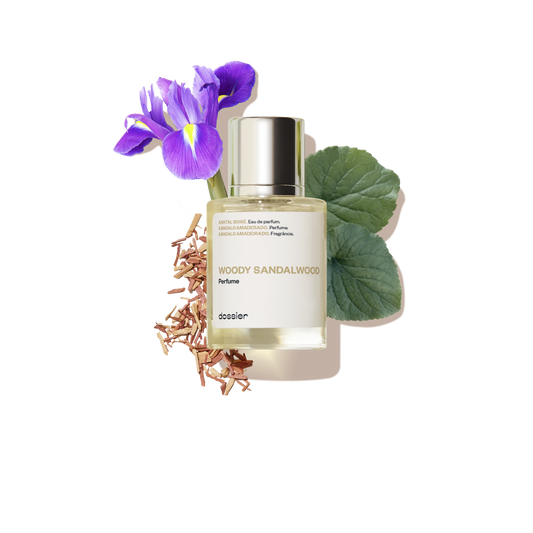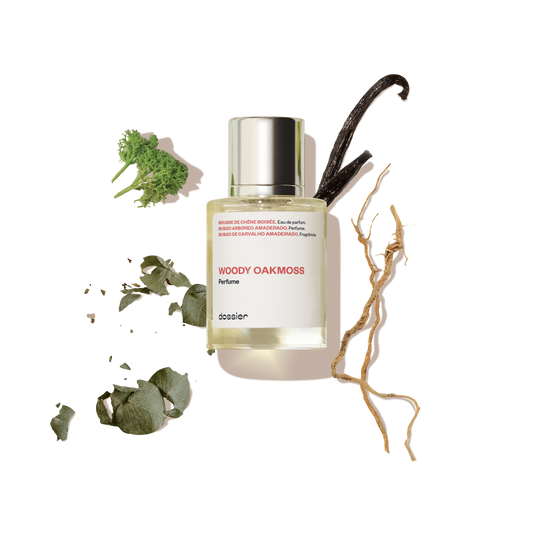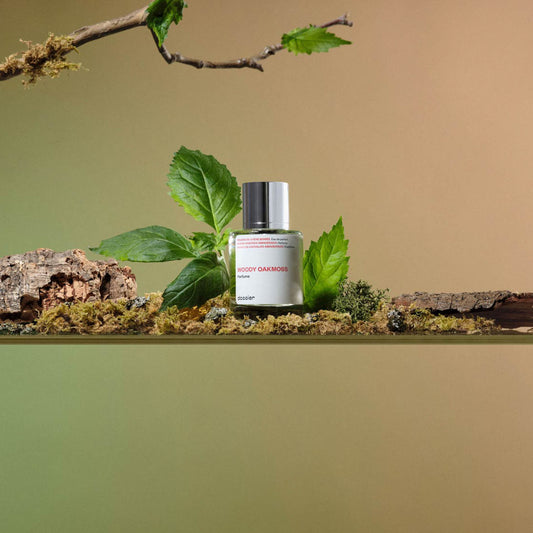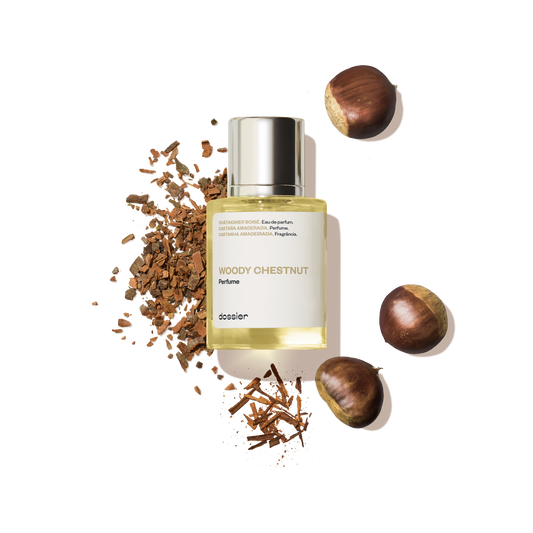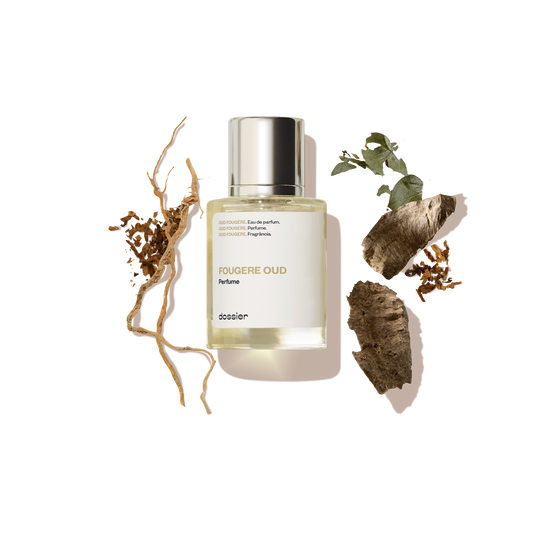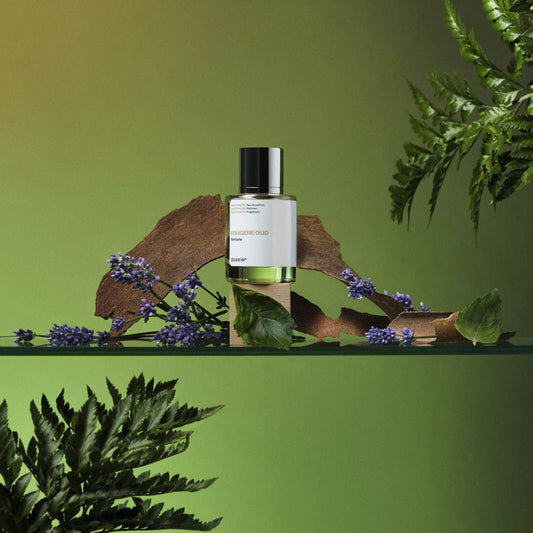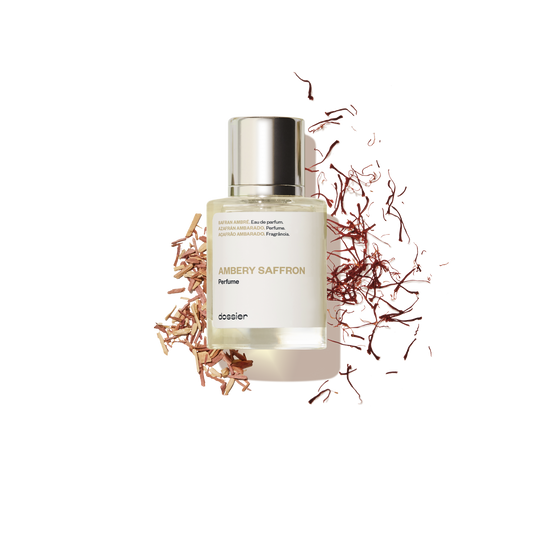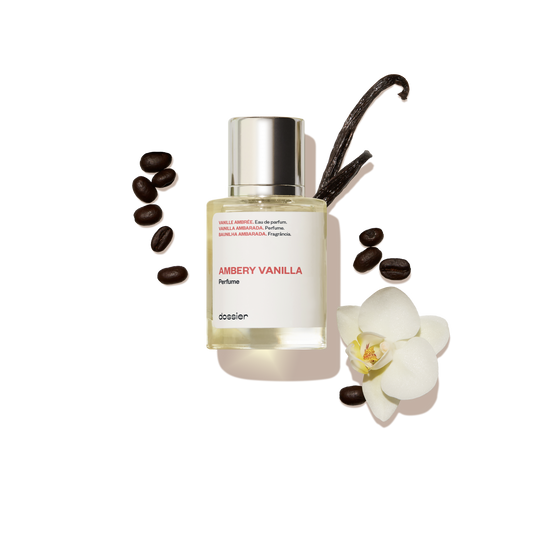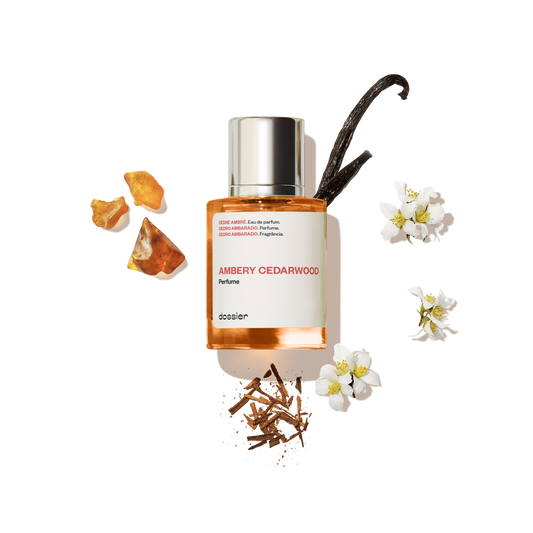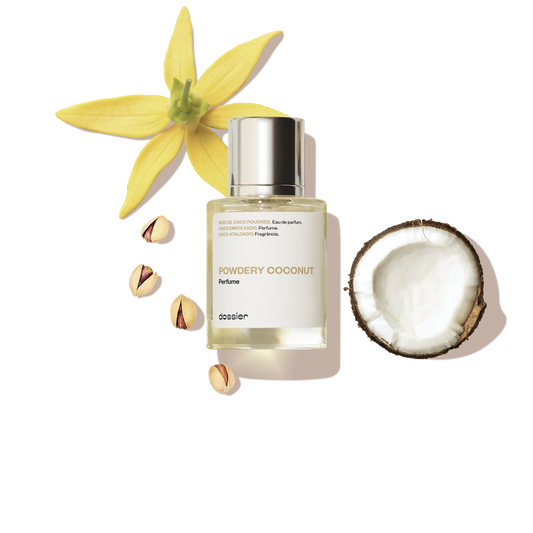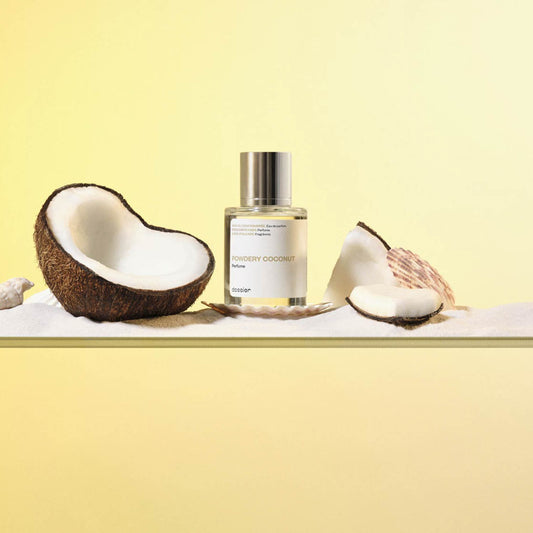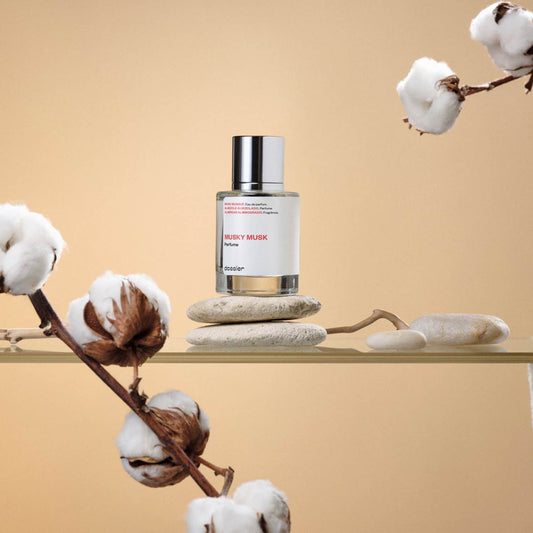Find out more about our
Scent Families.
Scent Families.
We've categorized our collection into 6 unique olfactive families.
These serve as the foundation for every composition we develop.
Flowery
The Floral fragrance category lets you select and spray the essence of your favorite bouquet.
Choose from our largest fragrance family to find the flowery scents that make you stop, smell, and feel the most like you. Love roses, jasmine, clean white flowers, or anything in between? There's something for everyone, whether you're an elegant and timeless or modern and trendsetting fragrance lover.
Fresh
The Fresh fragrance category includes scent families that excuse uplifting and bright sensibilities.
They evoke energies that smell zesty and fresh with aromas that remind you of citrus fruits and the crisp breeze of a marina. Fragrances in this category mainly have prominent citrus (orange, bergamot, and grapefruit) and aquatic notes (marine, waterfruits, etc.) to remind you of a Mediterranean summer getaway.
Gourmand
The Gourmand fragrance category will have your skin smelling an indulgent treat.
Satisfy any dessert-like fragrance craving with our varied menu of scents with juicy fruit, purely sweet, and decadent gourmand notes. It's time to smell like the most luscious fruits, a confectionary delight, or escape to a chocolate-coated euphoria in one spritz.
Herbal
The Herbal fragrance family covers all the botanical scents you love that aren't florals.
You'll love this category if you're partial to aromatic notes like lavender, sage, and mint that have been traditionally used in masculine fragrances. These scents evoke a sense of raw, natural cleanliness that turns heads but is still wearable for every day.
Earthy
The Earthy fragrance family lets you dig deep and experience the warm, spicy, and grounding scents that perfumery offers.
This category includes various woody notes (cedarwood, patchouli, vetiver, etc.) and spicy notes (cinnamon, pepper, cardamom, etc.). They can lean towards evoking slightly spicier, smokier, or warmer aromas, depending on the fragrance blend.
Warm
The Warm category embodies the full spectrum of intimacy via a series of fragrances.
Enthrall your senses in the captivating allure of this fragrance family with rich ambery notes (vanilla, tonka bean, benzoin). Or experience the warmth and security of closeness with skin-like musk notes.


